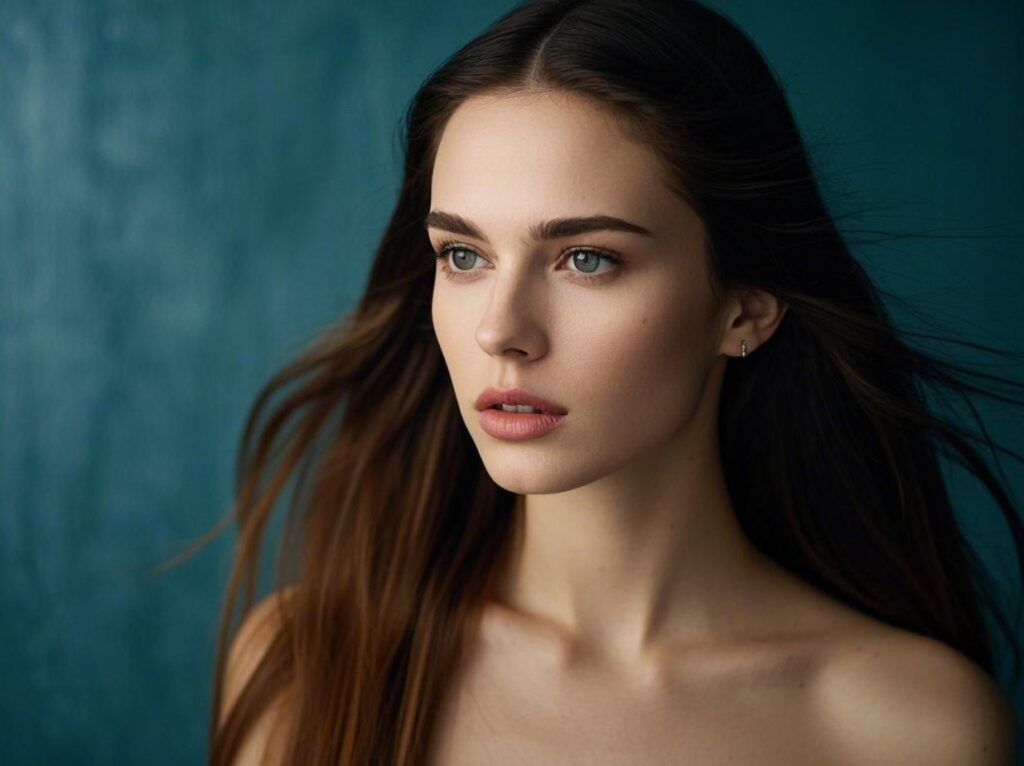Hello, everyone. I am Lan. After much delay, I am finally writing this article on hair care. In this discussion, I will primarily share my personal experience. I have never followed a two-to-three-day washing interval, as I wash my hair daily. However, for individuals with long hair, especially women, washing every two to three days is reasonable due to the time required for drying. Conversely, for men, I strongly recommend daily hair washing for hygiene and freshness.
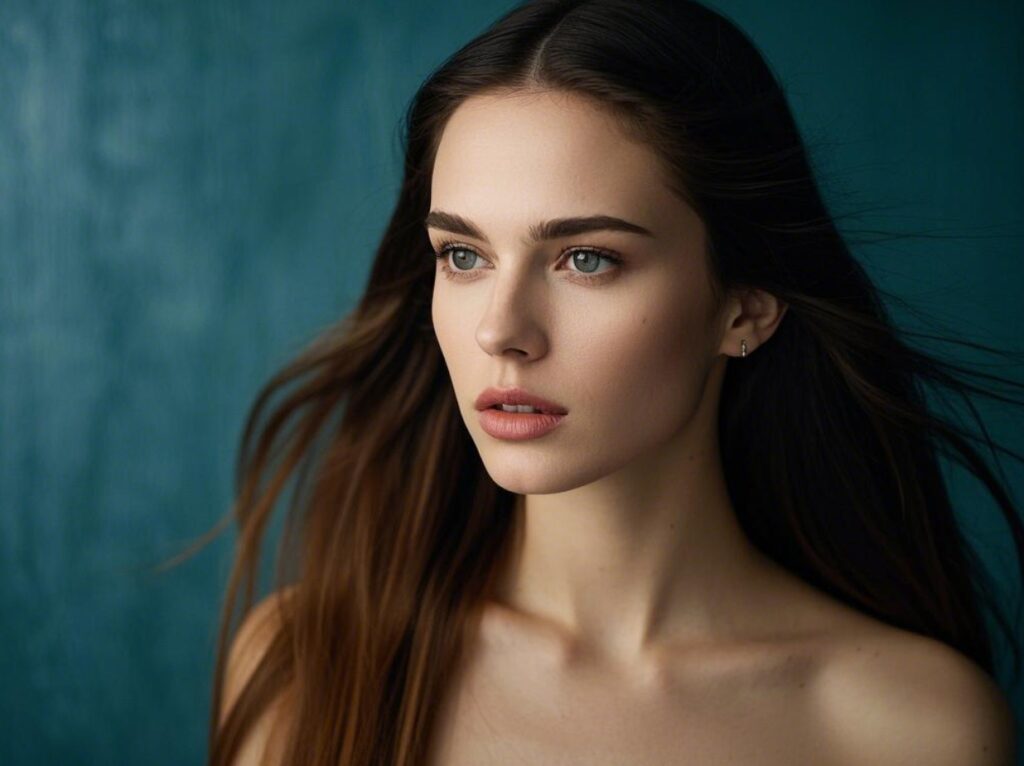
Choosing the Right Shampoo for Your Hair Type
Regarding shampoo selection, experimentation is essential. Unlike skincare products, which require extended use to demonstrate effectiveness, shampoo effects are typically immediate. The ideal shampoo should leave the hair feeling comfortable—whether moisturized, smooth, or slightly dry—depending on personal preference. Research suggests that, similar to skincare, shampoo choices should be adjusted based on seasonal and regional differences. For instance, during colder, drier seasons, a moisturizing shampoo may be preferable, while in summer, a clarifying or oil-control shampoo may be more suitable.
Some experts recommend separating scalp cleansing from hair strand cleansing. In Japan, for example, specialized scalp cleansers and hair cleansers are commonly used. However, for everyday use, a single shampoo that effectively cleanses both the scalp and hair is sufficient.
Proper Hair Washing Techniques
Before washing my hair, I place a towel over my shoulders to prevent excessive foam from spreading. First, the hair must be thoroughly wet. Some people prefer to lather shampoo in their hands before applying it, but I typically dispense it onto my palm and apply it directly to my hair.
A key consideration when washing hair is technique. In hair salons, assistants often vigorously scrub clients’ hair, which I discourage. Excessive friction can cause mechanical damage to the hair. Rather than aggressive rubbing, gentle scalp massage is recommended. The best method is to use fingertips, not fingernails, to massage the scalp. Scratching the scalp may provide temporary relief from itching but can cause microabrasions, leading to scalp inflammation and hair loss.
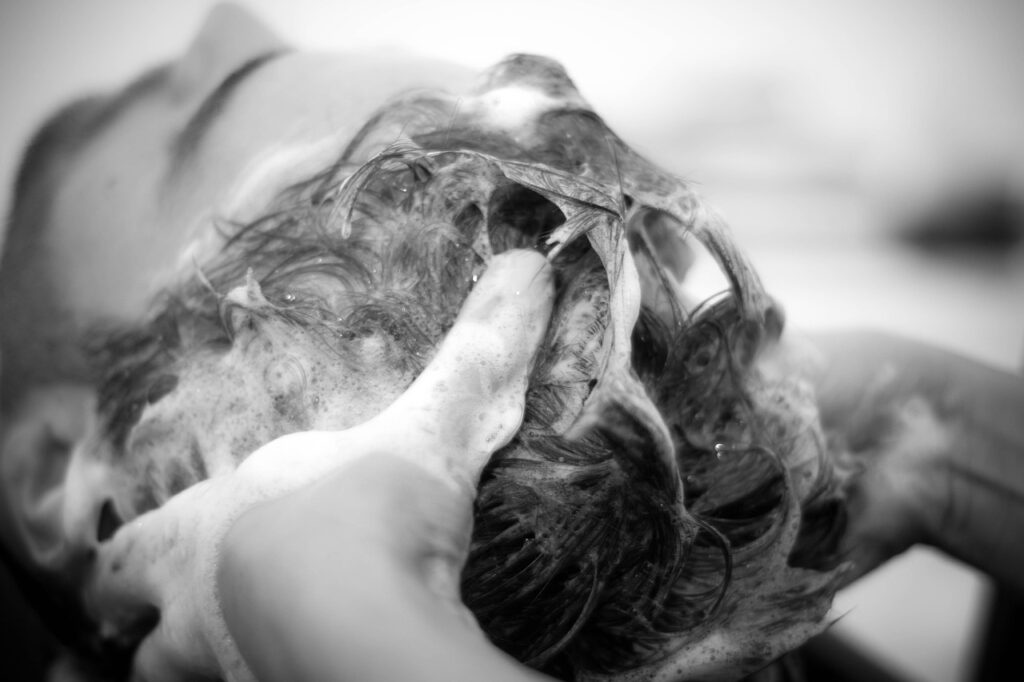
My approach is to start massaging the scalp from the front and gradually move toward the back, alternating hand movements to ensure thorough coverage. Proper scalp cleansing alleviates itchiness and maintains hygiene without causing damage. Once the scalp is clean, attention can shift to the hair strands. Instead of vigorous rubbing, gently lifting sections of hair and lightly pressing them between the palms allows for effective cleansing while minimizing damage.
Importance of Thorough Rinsing
Rinsing is equally important. Similar to facial cleansing, all shampoo residues must be thoroughly removed. Any leftover shampoo can clog the scalp’s pores, leading to excessive oil production and potential hair thinning.
The Role of Conditioner in Hair Care
After shampooing, I apply a daily-use conditioner, specifically a lightweight Pantene conditioner. While applying conditioner does not require extensive technical precision, it is important to avoid direct contact with the scalp. The correct method is to start from the hair ends and gradually work upwards, distributing it evenly with the fingers. Lightly pressing the conditioner into the strands enhances absorption. After allowing it to sit for approximately one minute, I rinse it off while continuing my shower routine.
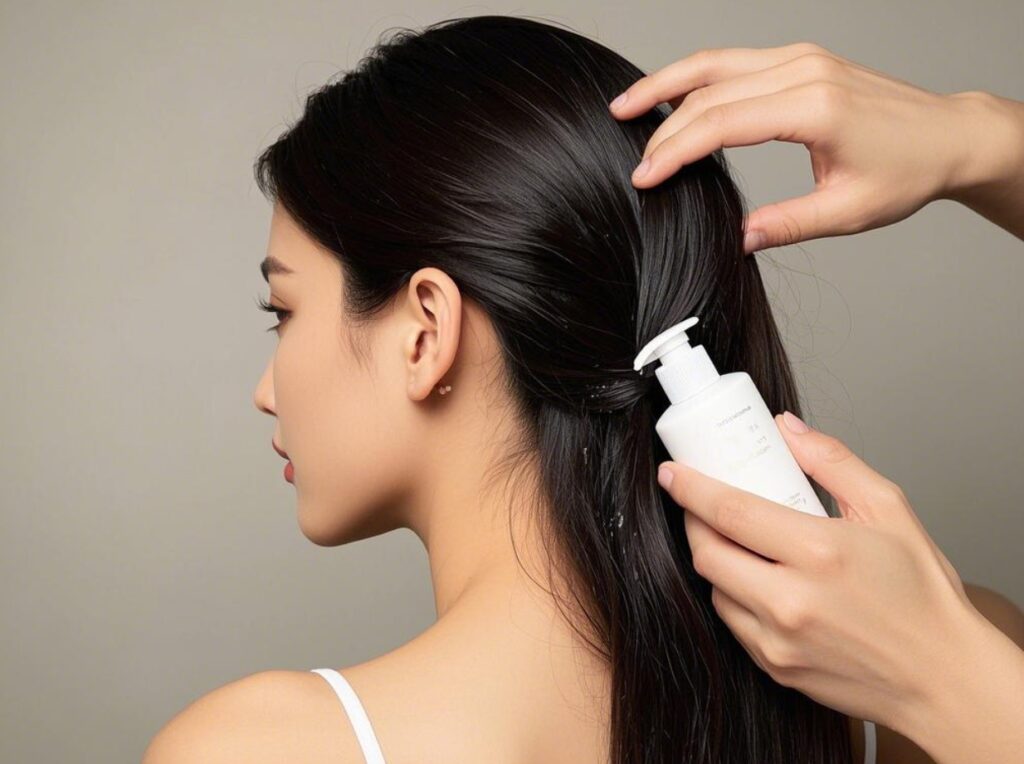
After rinsing out the conditioner, excess water should be gently pressed out using a towel. Vigorous towel rubbing, common in salons, can damage the hair. Instead, gently blotting and pressing the hair is preferable.
The Best Drying Methods: Air Drying vs. Blow Drying
The drying process is a debated topic in hair care. Some believe that using a hairdryer causes frizz and damage, advocating for air-drying instead. However, based on my experience, I recommend partially drying hair with a hairdryer, ideally until it is about 70% dry. Air-drying can leave hair damp for extended periods, leading to increased oil production and scalp issues. Additionally, allowing hair to air-dry regularly can cause it to become accustomed to lying flat against the scalp, reducing natural volume over time. In contrast, using a blow dryer helps maintain the hair’s natural lift.
A useful analogy can be drawn from traditional Chinese medicine. A massage therapist once explained that excessive moisture retention in the body can cause chronic discomfort. Similarly, failing to dry hair properly can result in retained moisture, potentially contributing to scalp issues such as excessive oiliness and hair loss.
When selecting a hairdryer, it is advisable to invest in one with a moderate temperature setting and ionic technology. A high-quality hairdryer does not need to be expensive, but a reliable model costing at least $30 to $40 is recommended. When drying, avoid directing heat too close to the scalp. Instead, use a sweeping motion to distribute airflow evenly. Some lower-end salons adopt improper drying techniques, such as vigorously rubbing and pulling the hair while blow-drying, which should be avoided.
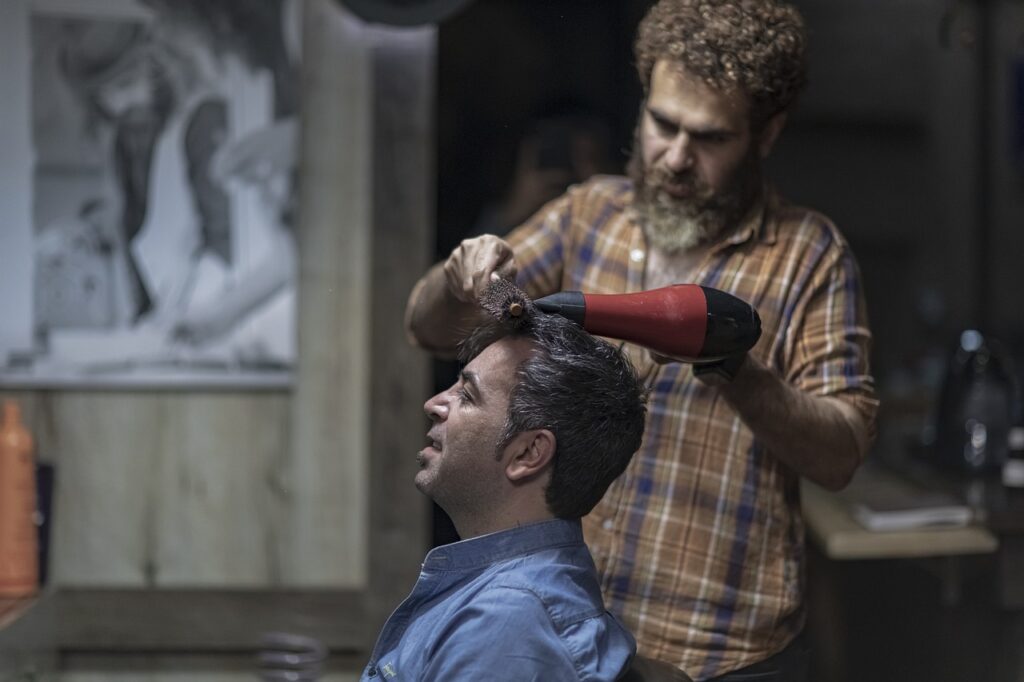
Enhancing Hair Health with Serums and Essential Oils
Once the hair is approximately 70% dry, I apply a hair serum, typically twice a week, to maintain smoothness and moisture retention. Currently, I use L’Oréal’s hair oil and apply it sparingly. Rubbing the oil between the palms before distributing it through the hair ensures even application. Avoiding direct application to the scalp is essential. For deeper nourishment, wrapping the hair in a towel after applying the serum can enhance absorption.
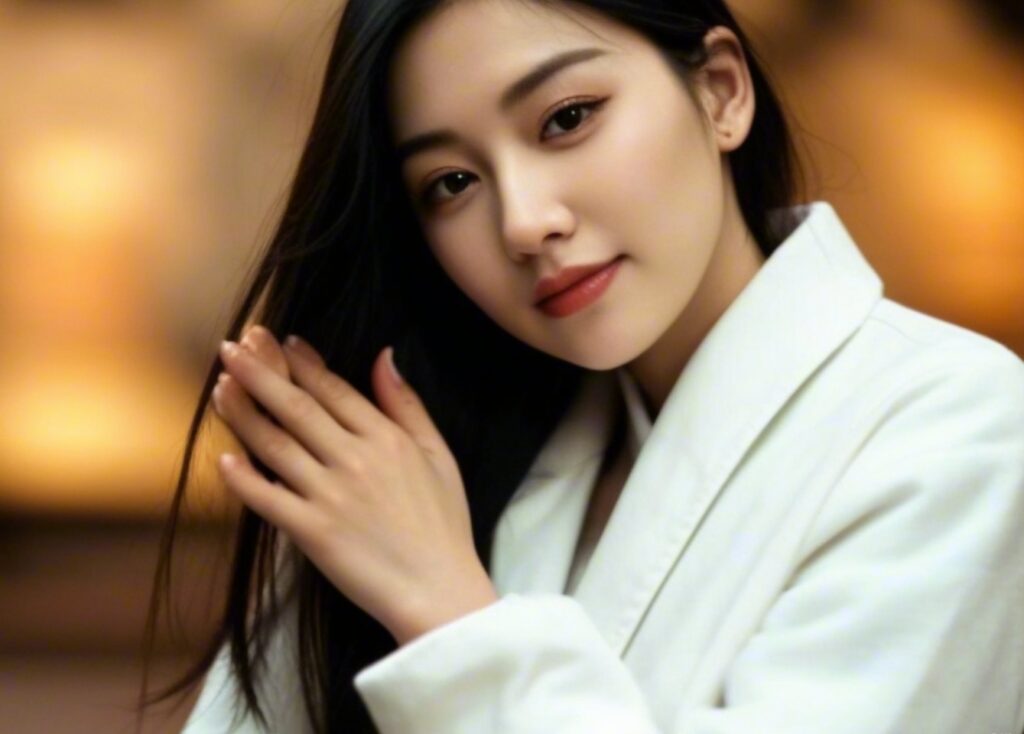
Final Tips for Long-Term Hair Care
Maintaining an effective hair-care routine requires consistent effort. Regular scalp massage with a brush promotes circulation and supports healthier hair growth. With proper care, hair can remain strong, vibrant, and manageable. I hope these insights prove helpful, enabling everyone to maintain beautiful and healthy hair.
Thank you for reading. I am Lan. Goodbye!
Recommended Product: AirLight Pro Hair Dryer
For those seeking a high-performance hair dryer, I recommend the AirLight Pro Hair Dryer, enhanced with infrared light technology. This innovative tool has been rigorously tested on all hair types, ensuring optimal results for everyone.
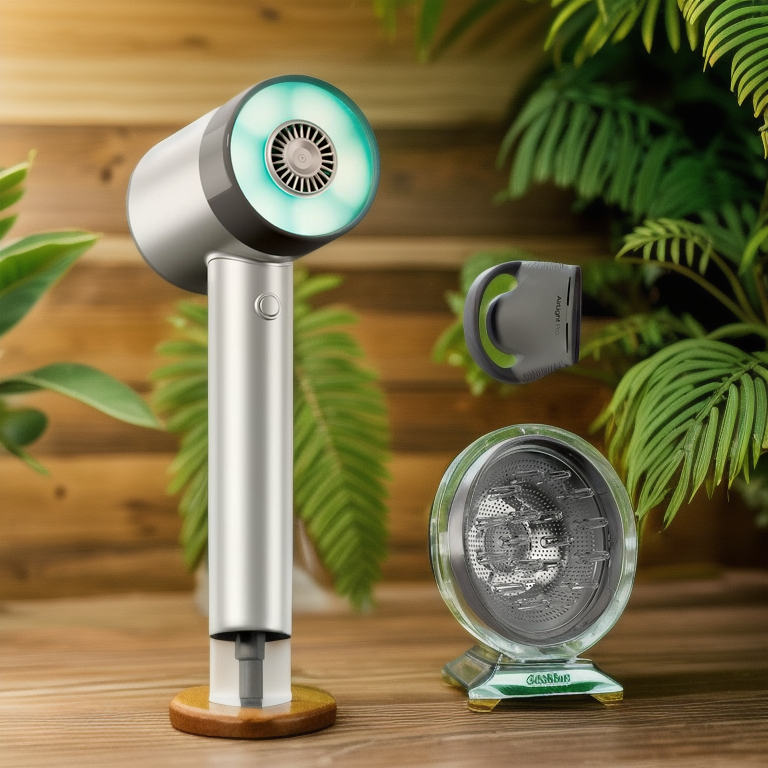
AirLight Pro Hair Dryer
Infrared light technology is scientifically proven to reduce heat damage by drying hair from the inside out, preserving moisture and minimizing frizz. According to a study published in the Journal of Cosmetic Dermatology, infrared drying can significantly improve hair elasticity and strength compared to traditional drying methods.
The AirLight Pro also features adjustable heat and speed settings, making it suitable for fine, thick, curly, or straight hair. Its lightweight design and ergonomic handle ensure comfort during use, while its energy-efficient performance aligns with modern sustainability standards. The AirLight Pro Hair Dryer combines advanced technology, scientific validation, and user-friendly design, making it an excellent choice for maintaining healthy, beautiful hair.
—Lan

